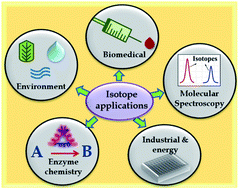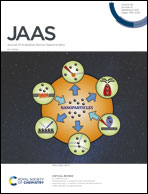A perspective on the evolving role of stable isotope analysis and the emergence of cavity enhanced spectroscopy as a potent tool
Abstract
The investigation of stable isotopes finds applications in a vast array of fields. The measurement of isotopic ratios in natural environments such as oceans, atmosphere and geological samples assists in identification of sources and sinks of compounds. On the other hand, isotopic labeling of compounds helps to study the role of different species in chemical reactions. Certain isotopes show distinct effects in reactions owing to their non-zero nuclear spins and thus open up a new scope for applications. Such properties also allow the study of fundamental constants through precision spectroscopic techniques. In recent years, for precise measurements of isotopes, cavity enhanced absorption spectroscopy (CEAS) techniques have been used which are robust and can be used in field applications and even in harsh environments. CEAS has mostly been utilized for gas phase isotopic analysis of light non-metals but can also be applied to heavier elements and metals in combination with plasma generation technology. In this perspective, we have presented an overview of CEAS-based stable isotopic analysis with a focus on the isotopic analysis of light elements such as H, C, N, O and S and have provided an outlook for future research in such fields using CEAS based techniques.

- This article is part of the themed collection: JAAS Review Articles 2021


 Please wait while we load your content...
Please wait while we load your content...